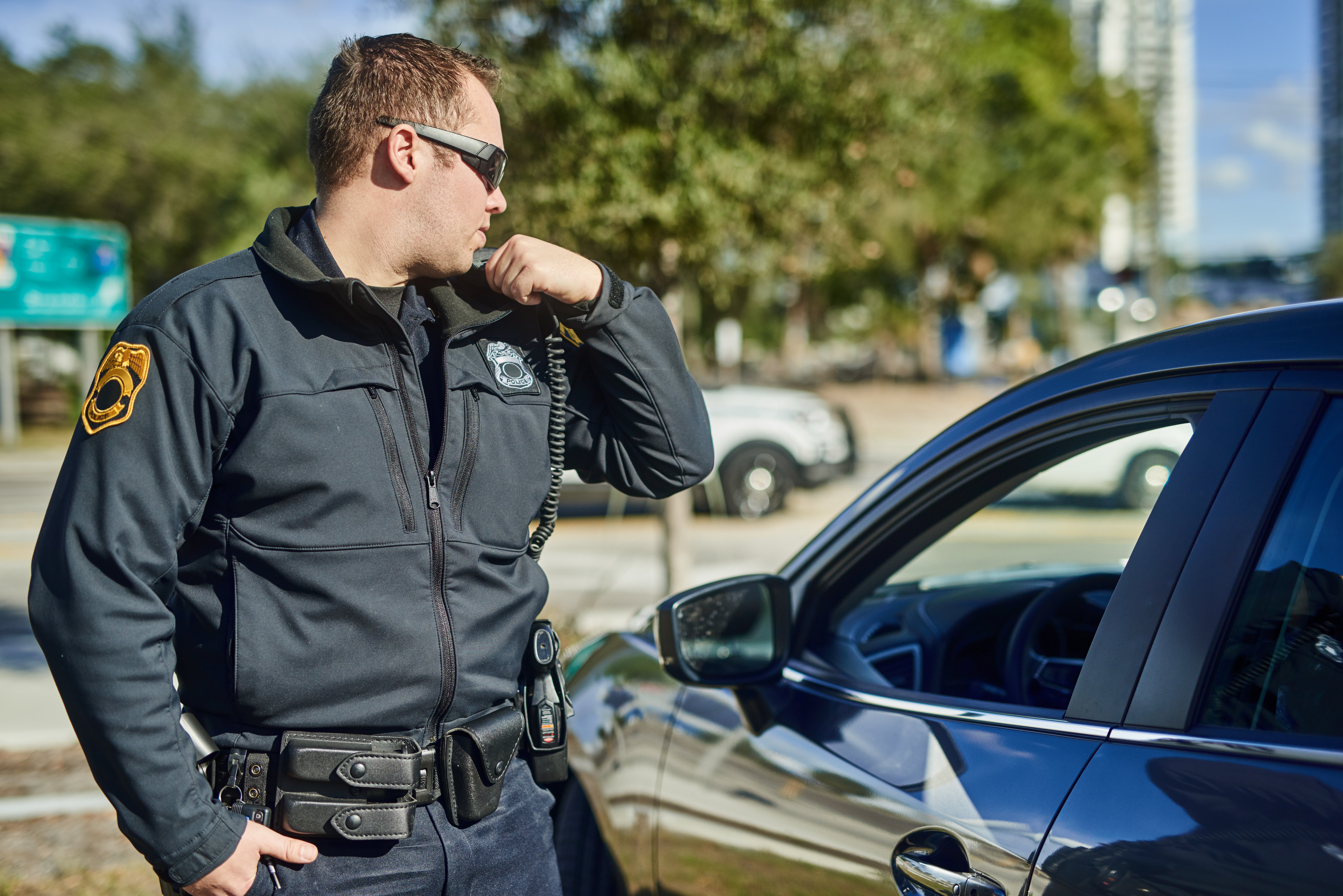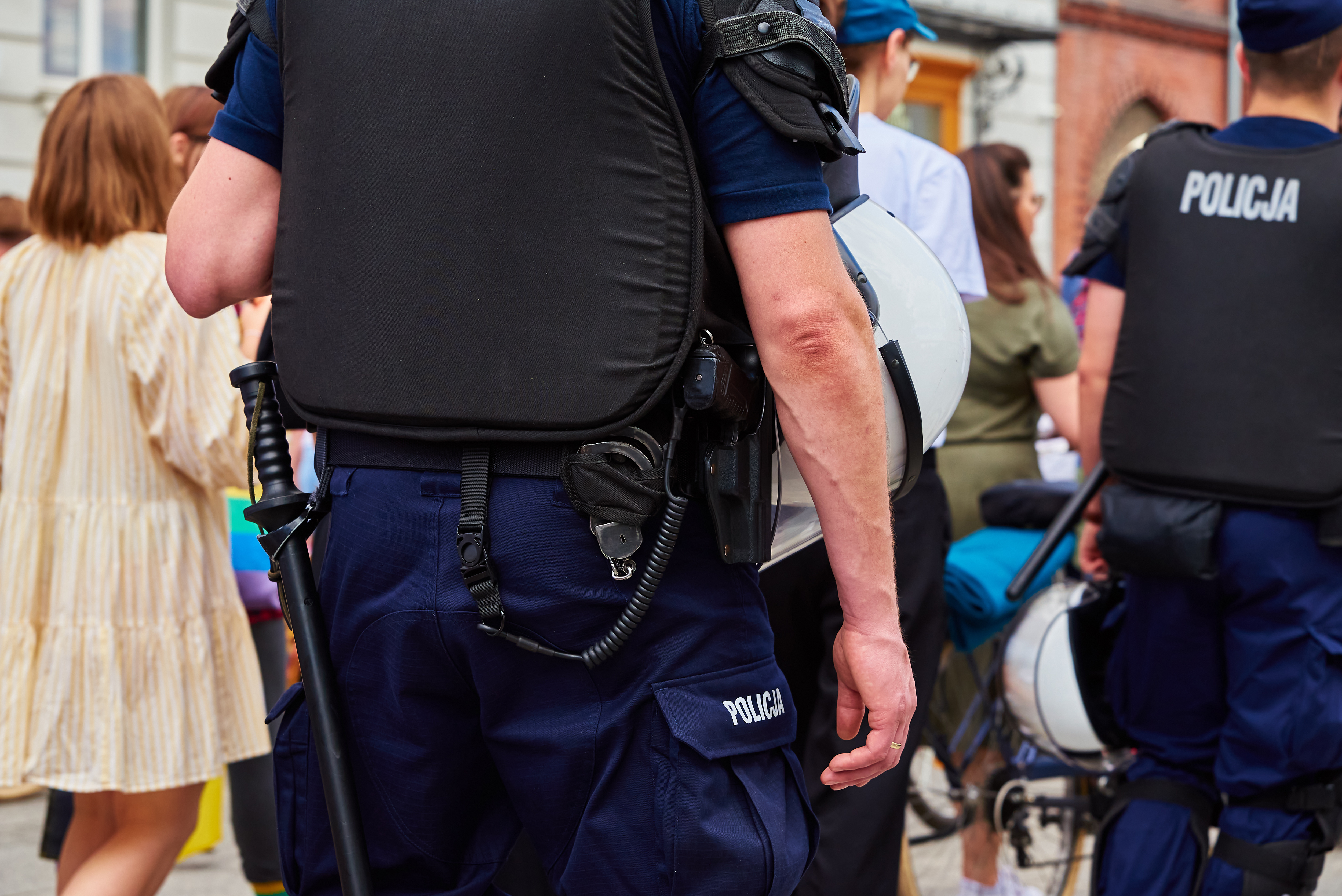Why is there a disconnect between threat assessment and threat response? Are they two different things? Spoiler alert: they are two different things and, at times, can be independent of each other. So, let’s delve deeper into this topic.
While it may seem obvious, let’s examine the differences between threat assessments and threat responses. According to the U.S. Secret Service, a “threat assessment is a structured group process used to evaluate the risk posed by a student or another person, typically as a response to an actual or perceived threat or concerning behavior.” The objective of a threat assessment is to determine if a threat poses a risk to a person, as opposed to merely making a threat. If a threat poses a risk, what are the appropriate actions (interventions) necessary to prevent violence and/or mitigate the impacts?
On the other hand, threat response refers to actions taken as a result of a threat assessment. To be clear, threat assessments don’t always require a long, drawn-out process; they may be initiated and a decision made in seconds. For example, in the case where a student is observed walking in the hall with a visible firearm ready to be used. When we look at assessments, we generally refer to the formal structured process. But don’t get bogged down in the structured process if immediate action is required.
So, how do we know when a formal process is needed or immediate action is required? I am glad you asked.
If we want to stay on the left side of “Bang,” we have to understand the behaviors that cause someone to initiate an attack. While every incident is unique, people much smarter than I have developed the “Pathway to Violence.” The pathway shows the steps almost every active shooter took before they attacked their target. Threat assessments are meant to determine where a person is on their journey towards violence. The further they are on the pathway, the higher the threat level.
However, just placing someone at a point on a timeline does very little if there are no defined actions based on where they stand on the pathway. Like every other aspect of safety, we need to plan trigger points, which are activated when we meet a pre-defined threshold to succeed. That means there is an associated action for every level the subject of your assessment reaches.
For example, in your assessment, you determine your subject is a low-level risk, then you would construct an intervention plan. However, if your subject has a high-level risk, then you would be required to have law enforcement intervene, or if there was an imminent threat and the subject's location is unknown, then you might initiate a lockdown.
The issue arises when we consider the assessment process as a bottom-up process and don’t consider the possibility of a top-down approach. We even show the pathway as having a start and a finish. But let’s flip that thinking upside down. Currently, we assume there is time to conduct a formal assessment. But when is the risk the highest for our students and staff in threat situations? When the threat is imminent or has the attack already begun? If we assume the threat is imminent first, we walk the process backward to lower threat levels based on the additional information we receive, reducing our reactionary gap. If we start at the beginning, the process causes us to gather and process information, slows us down, and increases the reactionary gap. This delay can cost valuable time and resources.
To work in reverse order, you have to start asking yourself a series of questions. Beginning with the receipt of the threat, make an initial assessment. If your evaluation doesn’t clearly point you in a direction, assume the threat is real and imminent until proven otherwise. Why would I start here? Because I assume that it is real until I can disprove it. Ask yourself, do I need to press a panic button because something is happening right now? If you are hearing shots being fired, then press the button. If no shots are being fired, take a step back and then ask the next series of questions: Do you know who is threatening? Do you know if they are on campus? Do you know where they are? If the responses to these are no, you have a decision.
What you are trying to do is to eliminate the justification to press the button. If you can’t do that, then press the button. If you can justify not pressing the button, take a step back. Continue this process until you reach a step you can no longer justify moving backward. This will likely be the appropriate level for intervention. If you have created mandated actions based upon predetermined thresholds, they will likely guide you to proper action for your information.
When using this reverse order process, you will likely reduce your reactionary gap and respond more quickly when seconds matter. Using the bottom-up approach, you are more likely to search for more information than to make a decision. You are also more likely to explain a way to move back up the pathway because you don’t have enough information to decide. Know that when you are de-escalating in your process, you can also re-escalate to a higher level if circumstances and information dictate.
Action Items:
- Predetermine actions to be taken at each threat level.
- Create a decision matrix that aligns with your policies, procedures, and actions.
- Include training for your threat decision matrix and incorporate them into your tabletop exercises.








.png)



No Comments Yet
Let us know what you think